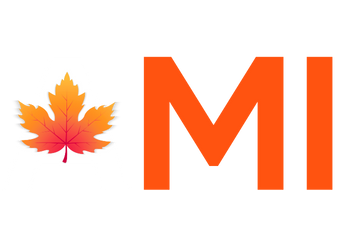A practice building resource that is often not fully tapped is the patients who have received some service, such as a repair or a reline or a denture more than 8 years ago, but who have not been on regular service since. If the patient is not in the practice and is overdue for a visit, they NEED reactivating as they didn’t get the message last time they were at the practice. Annual recall appointments have become “the norm” for all the leading denture practices these days.
These patients are often ignored or omitted from any internal promotion efforts such as newsletters, reminders, etc. While the “authorities” do not always agree on the costs involved in obtaining a new patient versus reactivating one, they all agree that it is easier and less expensive to reactivate a patient than it is to obtain a new one.
Combining The Charts
A chart audit (a methodical review of all charts) should be done to find any outstanding work as well as patients who have not been in the practice within a 2 year period (or one year, if you do one year recalls). Attempts should be made to contact the patient via phone and get them into the practice. Most often it is patient education that needs to be worked on, for example, explaining why the patient should be coming in on a regular basis.
Accountability
Some statistics that should be kept to monitor success or indicate that help is needed are: number of calls made, the number of patients actually contacted and the number of appointments made. An acceptable reactivation rate via phone is about 10% but we have had clients whose staff have a significantly higher rate.
Even with a 10% rate, this is a more than worthwhile activity as the reactivated patient often needs a new set of dentures or a reline, etc.
Rewards
A half hour of staff time results in one reactivated patient (10 calls per ½ hour and a 10% result means one reactivated patient back into the practice). If you’re not busy, the staff has the time to call. Two reactivated patients per hour results in $80 to $2,000 worth of income. The cost is only an hours’ worth of staff time. This becomes a very valuable activity.
Sending Messages
Patients who have been in the practice at some point in time should be promoted to unless they are deceased, have moved far away, have asked not to be contacted by you, or you do not want to see them ever again.
Newsletters, reminders and so on, can also be used to reactivate inactive patients. In fact, newsletters should be sent to inactives as more of a priority than actives. With the active patients, you are preaching to the already converted.
Turn The Knob
This is like a faucet. You turn it on when you are not busy, and turn it off when you are very busy. Have fun with this!
Call us at 416-466-6217 for a FREE Practice Assessment!
Creative Commons Attribution: Permission is granted to repost this article in its entirety with credit to The Art of Management Inc. and a clickable link back to this page.


